Dilip Kapur – the maker and his bags (Photo credit: Wikipedia)
His company employs over 3,000 people and runs three factories churning out 18,000 bags and 25,000 wallets a month. His brand retails at 78 stores in India and around the world, and his business is growing at 25 to 30 per cent annually. But Dilip Kapur, founder of Hidesign, doesn’t like being called a busy man. “The art of being unbusy is a fabulous thing. People always assume they are valuable just because they’re busy. But it’s a disease,” he says. Sitting back in a wicker chair after a homemade lunch at his Pondicherry factory, with an expanse of green trees and a manmade lake in front of him, a fan stirring above, he doesn’t seem very busy at all.
His company’s activity chart would belie that, of course. Impressed with the quality and detail that went into the making of Hidesign bags, global luxury giant LVMH bought a stake in the company a few years ago. Alongside a successful five-year 50-50 joint venture with Future Group for a separate line of bags called Holii, this year marks Hidesign’s foray into luxury bags designed by Italian designer Alberto Ciaschini, who has led design teams at Emporio Armani, Loewe, Trussardi and Alberto Guardiani in the past. The company has also tied up with the Taj group to set up a luxury hotel over 50 acres near Pondicherry, and is soon to announce a new range of eco-friendly luxury sunglasses. This is over and above their existing range of almost 20 product lines – from briefcases and jackets, to clutches and jewellery boxes.
With a turnover of INR 120 crore in the past fiscal year, Hidesign has come a long way from being a two-man artisan workshop started by Kapur in 1978. Born in New Delhi, he moved to Tamil Nadu with his family when he was a child, and was brought up at the Sri Aurobindo ashram in Pondicherry. He later completed his schooling from Phillips Academy, Andover, Massachusetts, and graduated in International Affairs from Princeton University. Kapur then pursued his Ph.D in International Affairs from the University of Denver. While there, he worked at a leather company for nine months, which triggered off a lasting love affair with the art and craft of handbag design.
In the late seventies, after moving back to India to set up home at Auroville, Kapur continued to make bags as a hobby, mostly for friends and family. When he realised it was time to make a profession of his passion, he consciously went against the mass-manufactured, synthetic and uniform products in the market, and took the longer but more sustainable option of hand-stitched leather bags tanned with vegetable dyes. Even the hardware he used was made of solid brass, each piece having been individually sand-cast and hand-polished.
By the eighties, he had begun retailing at niche outlets in San Francisco, California – “You know, those gay and hippie kinds of stores” – which played a big role in his growth. One of his biggest breakthroughs came when the buyer for UK department store John Lewis, who was himself a Hidesign customer, decided to source Kapur’s bags for the store. “That’s how we went from alternative to mainstream,” says Kapur. Naturally, he adds, the product had to change. The leather became less rough, colours grew more even, and he took lesser risk as a designer, “since we could no longer directly explain our ethos to the customer.” Until as recently as 2007, UK was Hidesign’s biggest market. Now, their India stores generate 65 per cent of their sales.
The nineties’ economic boom in India had a large role to play in Hidesign’s growth as an accessory brand in the country. Younger executives travelling abroad wanted globally relevant handbags, and with more women joining the workforce, the concept of fashionable corporate bags took off in a big way. Hidesign was one of the first few players in the market, and that they were also socially and environmentally sound appealed to the new-age sensibilities of their urban clientele. “The bags are handmade, hand-finished and drum-dyed,” says Dipen Desai, brand manager for Hidesign. “Ninety-eight per cent of every bag is made by a group of women standing around a table; we’re heavily dependent on people skills.” Almost nothing goes waste; even the smallest bits of leather are recycled. And even if you don’t care about the ecology, as Kapur says, you do care that the natural dyes aren’t going to give you allergies, rashes and even cancer, which is what the chrome and chemicals in mass-produced accessories have been known to do.
Due to the labour-intensive production, every bag has a rough edge to it, an inherent imperfection in the leather patterns, a little quirk in the stitch. “Every piece is limited edition,” says the brand’s press note. And with two international designers at the creative helm, the brand’s identity is firmly cut out in the marketplace. Milan-based Alberto Ciaschini has been associated with the brand for over eight years, and is the engine behind the new luxury line launched earlier this year. “Alberto understands luxury, fashion and glamour,” says Kapur of his man of the hour. The other design head, Fabian Lintott, who lives in UK where the brand follows a distributor format, has looked after Hidesign’s men’s wear since 2006. “His creations are clean, functional and practical. He likes keeping things clever and interesting, yet simple. Our skilled craftsperson-base allows these world-class designers to try things that are impossible in Europe,” explains Desai.
Of his brand’s business strengths, Kapur says: “We are vertically integrated and have just one profit margin; hence we are competitively priced. Other companies need to source details from elsewhere, and so their margins are higher. Secondly, our emphasis is always on the product, not profit.” Lintott, a young, amiable Brit, endorses this with a nod. “It’s important to have a product you are proud of,” he says. It is this integrity to their brand values that makes customers trust Hidesign, explains Kapur. “Even if the customer does not know about the way we create our bags or our sustainable practices, they can see for themselves the unity in the product that has been maintained over the past three decades and across all lines,” he says, wryly referencing another Indian company that he accuses of plagiarising his designs. “It’s easy to cut costs – why spend on world-class designers? Why insist on handcrafted, individualised, environmentally sound treatment to the product? But that’s who we are. We’re original. Even LVMH has never given us design inputs,” he emphasises. “It wouldn’t make sense.”
‘Being himself’ comes easier to Kapur than trying to keep up with market demands. “You only change yourself when you’re driven by money,” he says, adding as an afterthought, “and the Chinese are superb at that.” The company has never followed trends, informs Desai. They do four collections a year, but do not go by international or Indian fashion weeks. “We look at the customer’s lifestyle and design for that; we don’t observe their shopping trends,” says Kapur.
For the new Alberto Ciaschini range, which Kapur describes as sexy rather than pretty, the plan is to start retailing at 21 stores around the country, leading on to multi-designer stores and eventually have two or three stand-alone stores around India. From past experiences with Holii – it was originally planned for small-town homemakers, but sells best in metro airports and multi-brand outlets – Kapur is amenable to modifying his strategy if Alberto Ciaschini ends up appealing to a different buyer than planned. “You have to be open to change; else you’re a dinosaur,” he says.
Large posters from Hidesign current ad campaign, shot by world-renown photographer Dinh Thi Tien, look down from the walls at Hidesign’s flagship store on Mission Street in Pondicherry. Museum pieces from the past showcased in glass or on the walls explain the history of the brand. On the top floor, a group of holidayers have a cup of tea in the in-house café, where the walls are adorned with art for sale. Whiffs of leather and coffee linger in the air, along with something else – an unhurried, laid-back ambition. Being unbusy must feel like this.
First published in the August 2012 issue of Atelier



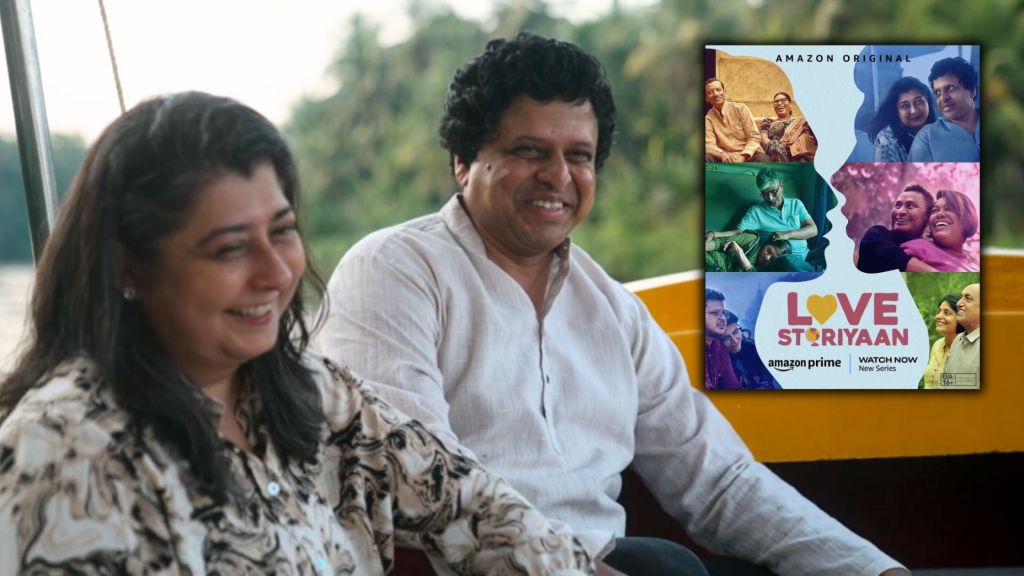
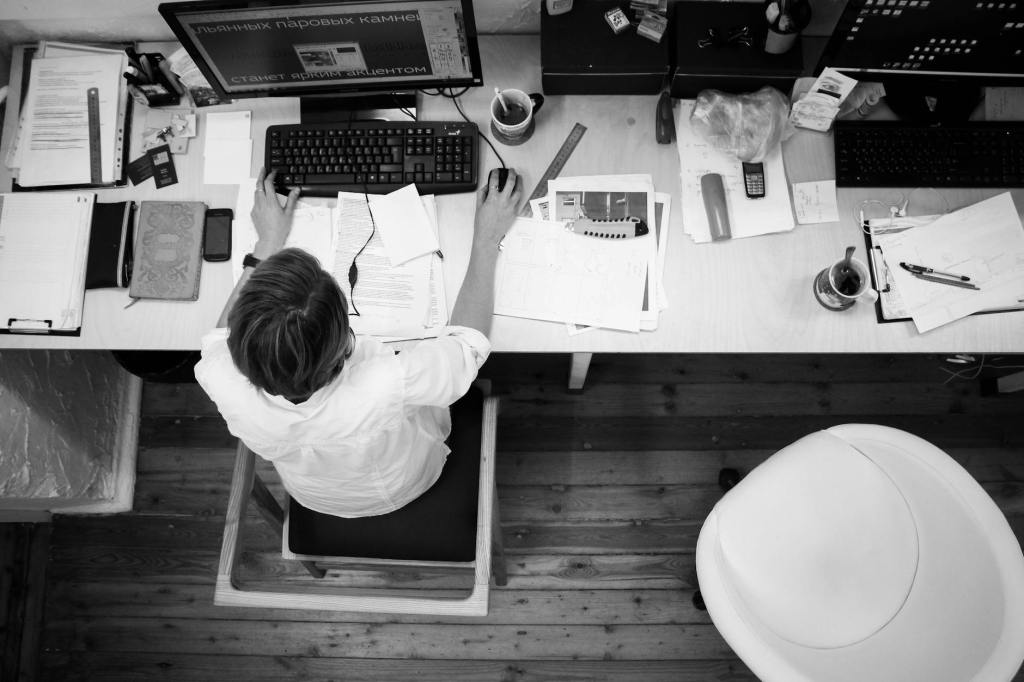

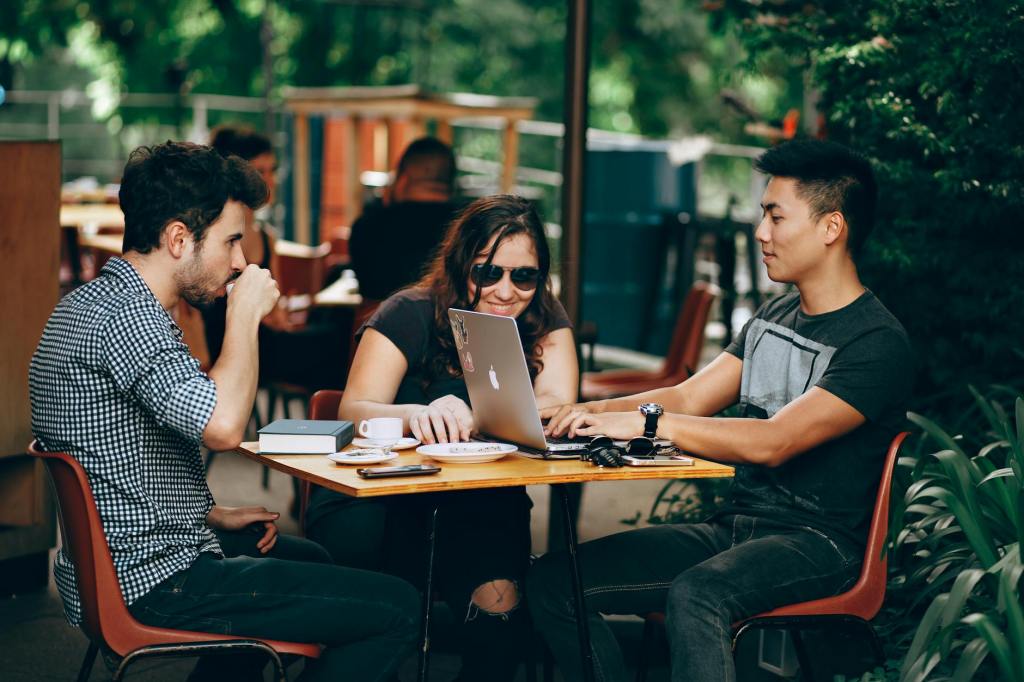
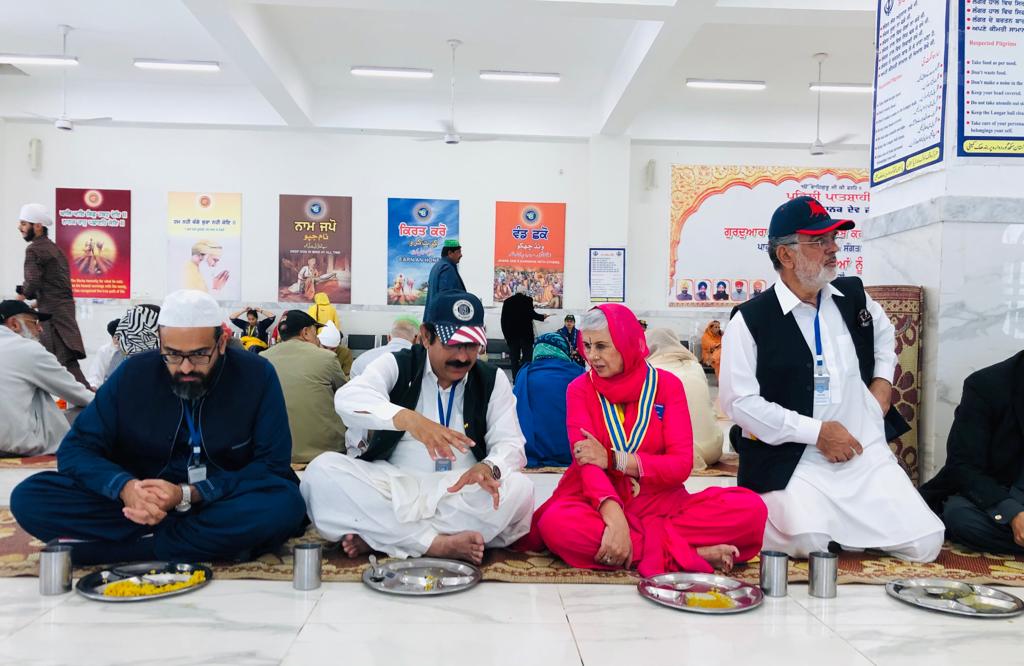
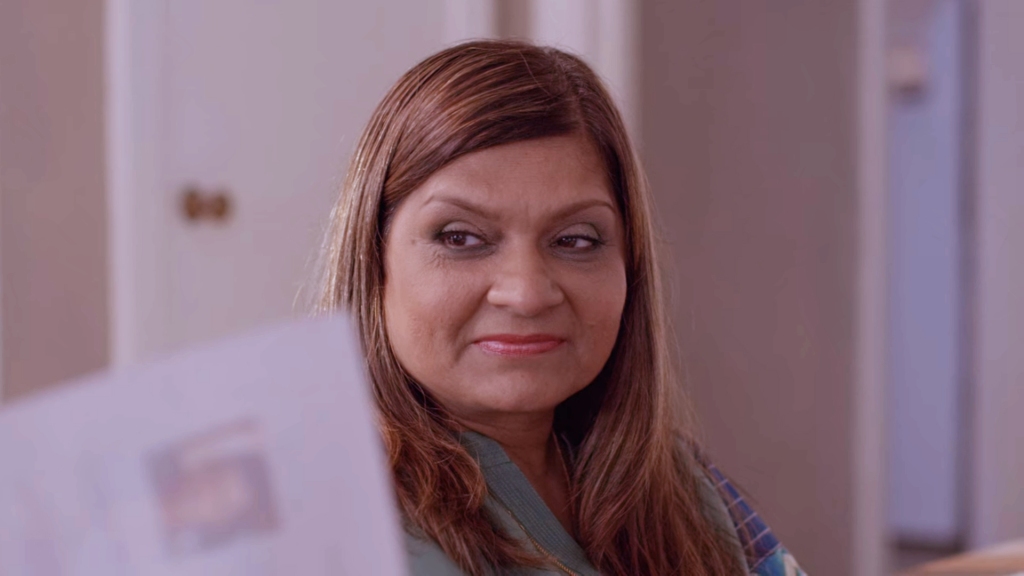
Leave a comment